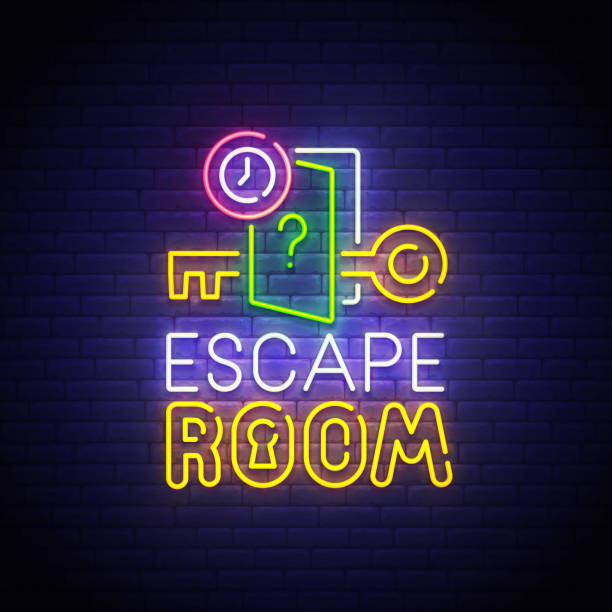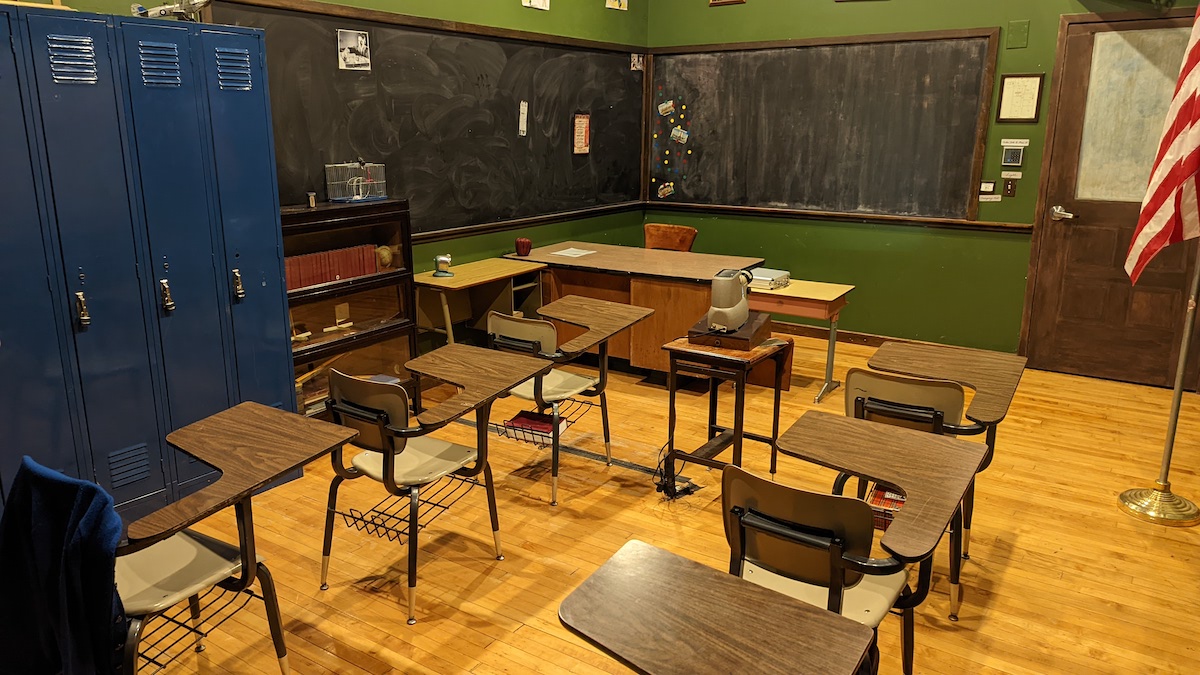Challenge Your Mind With Our Intriguing Escape Room Puzzles and Clues
Embarking on an escape room journey supplies a diverse experience that blends cognitive obstacles with immersive storytelling. Each space, diligently crafted with unique themes, draws participants into a world where logic, monitoring, and physical challenges converge. This setting not only promotes important thinking and team effort yet additionally gives the excitement of discovery as each idea leads to the following. To totally appreciate the elaborate layout and myriad sorts of obstacles entailed, one have to think about the strategies and advantages that make these experiences both emotionally revitalizing and exceptionally rewarding. How can these run away areas change your method to problem-solving?
The Art of Problem Design
The art of problem design in escape areas is a thorough and imaginative process that needs a deep understanding of both cognitive and emotional engagement. Crafting an effective puzzle involves stabilizing complexity with solvability, guaranteeing that individuals remain challenged yet not overwhelmed. This balance is critical, as it cultivates a feeling of achievement and advertises continued engagement.
Problem designers must consider various cognitive abilities, such as pattern acknowledgment, deductive thinking, and spatial understanding. These elements need to be interwoven perfectly within the story of the getaway area, boosting the immersive experience. Psychological involvement is similarly crucial; challenges ought to stimulate inquisitiveness, exhilaration, and periodic aggravation, encouraging participants to persist and eventually succeed.
Attention to information is paramount. Every idea, prop, and device needs to be thoroughly developed and checked to ensure performance and comprehensibility within the story. Designers often repeat on their developments, including feedback from test groups to refine trouble levels and remove obscurities.

Types of Escape Room Obstacles
Understanding the intricacies of challenge style normally causes an exploration of the diverse types of challenges encountered in escape spaces. These obstacles can be generally classified into physical challenges, reasoning problems, and observational problems, each offering distinct forms of interaction and cognitive excitement.
Physical puzzles call for individuals to connect with their atmosphere, commonly including tasks such as putting together objects, adjusting devices, or revealing covert compartments. These obstacles engage responsive detects and spatial reasoning, urging team effort and hands-on analytical.
Logic challenges, on the various other hand, demand logical reasoning and pattern acknowledgment. Individuals may be tasked with decoding ciphers, addressing mathematical problems, or locating links between apparently unrelated hints - best escape room. These puzzles are created to examine the players' deductive thinking and intellectual prowess
Observational challenges depend on eager focus to information. Gamers should inspect their surroundings to determine subtle hints, disparities, or concealed messages. These obstacles often necessitate an eagle eye and a capability to regard links that others might neglect.
Approaches for Success
Accomplishing success in getaway areas calls for a thoughtful mix of technique and collaboration. Synergy is critical; gamers must utilize their collective toughness to solve complex puzzles effectively. Separating tasks according to individual abilities can enhance the process-- those with a flair for pattern acknowledgment can handle aesthetic problems, while rational thinkers tackle riddles and series.
Effective communication is an additional keystone of success. Sharing explorations without delay avoids duplicated efforts and ensures every person continues to be on the same web page. Using a main location to place discovered items can assist track progress and avoid missing out on vital ideas.
Time administration is similarly critical. Designate a specific amount of time to every problem, preventing extended emphasis on any type of solitary challenge. Switching over problems or looking for aid from teammates can offer fresh viewpoints. if progression stalls.
It's additionally beneficial to acquaint oneself with common escape area themes and puzzle kinds beforehand. Recognizing prospective challenge formats, such as ciphers or lock mixes, can expedite problem-solving.
Lastly, keeping a positive and made up mindset under stress can dramatically impact performance. Stress and anxiety can shadow judgment, so keeping tranquil ensures clear reasoning and reliable cooperation, causing a greater likelihood of efficiently escaping.

Benefits of Escape Rooms
Participating in escape rooms offers a wide view it variety of benefits that extend past plain home entertainment. These immersive experiences serve as a robust platform for creating essential thinking and analytic abilities. Individuals are called for to evaluate ideas, identify patterns, and devise services under time constraints, promoting psychological agility and cognitive adaptability.
Moreover, getaway areas are a powerful tool for boosting synergy and interaction. The joint nature of these activities demands reliable communication next page and coordination amongst employee. This environment urges participants to express their thoughts plainly, pay attention actively, and work synergistically towards a typical objective, thereby enhancing interpersonal abilities.
In addition, retreat rooms provide an exceptional opportunity for tension relief and mental renewal. The engrossing nature of the obstacles permits people to divert their emphasis from day-to-day stressors, promoting a sense of accomplishment and health upon fixing the puzzles. This can bring about boosted mental health and enhanced performance in various other areas of life.
Finally, these experiences typically call for creativity and resourcefulness, which can translate into ingenious analytic abilities in professional settings. By involving in getaway spaces, people can refine a varied capability that applies in various real-world circumstances, making them a beneficial enhancement to any individual or professional growth strategy.
Popular Themes and Circumstances
Looking into the diverse world of retreat rooms reveals a myriad of preferred styles and scenarios that mesmerize participants and heighten the immersive experience. Amongst the most cherished styles are those that move players right into sensational realms or historical durations. For circumstances, ancient Egyptian burial places, medieval castles, and pirate adventures are seasonal faves, permitting individuals to fix problems within highly thorough settings that evoke a feeling of experience and exploration - escape room seattle wa.
One more widespread style is the secret and detective category, where players find themselves in the role of sleuths addressing a crime or uncovering keys. These circumstances commonly feature complex stories and a series of interconnected clues that need eager monitoring and deductive thinking to unravel.
Furthermore, scientific research fiction and horror motifs hold considerable appeal, making use of the intrigue of advanced innovation or the excitement of browsing haunted residences and labs. These situations often include unique impacts and advanced props, boosting the realism and tension.
Finally, numerous retreat spaces draw ideas from preferred culture, creating experiences based on precious publications, flicks, or TV programs. This can create a sense of experience and exhilaration, as individuals involve with situations that admire their favorite narratives.
Verdict
The detailed style of retreat room challenges and clues provides an unique blend of cognitive difficulties and immersive narration. By involving in different kinds of physical, rational, and empirical puzzles, individuals refine vital reasoning and team effort skills.
Each area, carefully crafted with special themes, draws participants right into a globe where logic, observation, and physical challenges converge.The art of challenge design in retreat spaces is a thorough and creative procedure that needs a deep understanding of both cognitive and emotional interaction. Crafting a successful challenge includes stabilizing complexity with solvability, making certain that participants remain challenged yet not overwhelmed. The engrossing nature of the read obstacles allows individuals to divert their emphasis from day-to-day stressors, advertising a sense of achievement and well-being upon solving the puzzles.The elaborate style of getaway area problems and ideas provides a distinct mix of cognitive challenges and immersive narration.